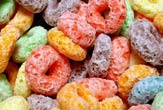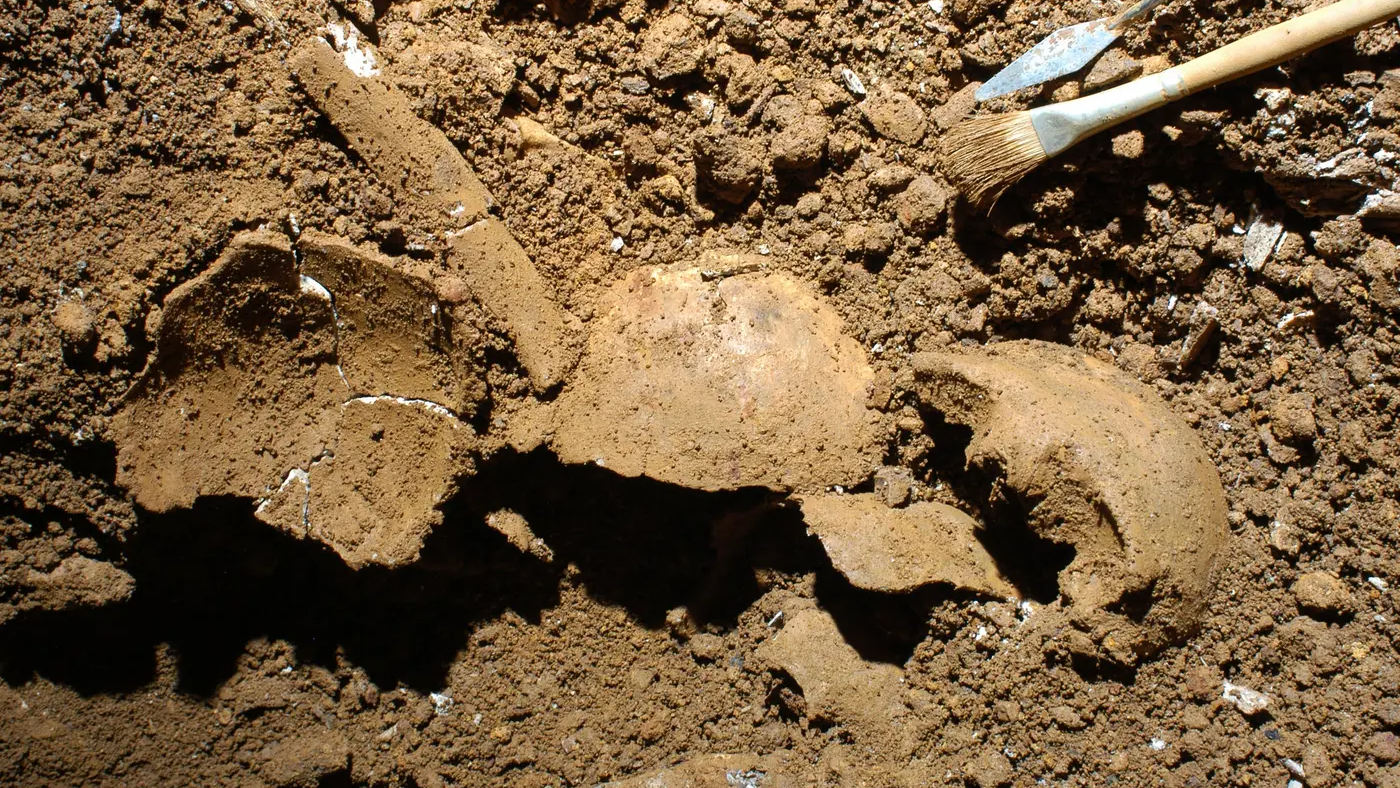
You may or may not have pondered why your breakfast cereal tends to clump together or cling to the sides of a bowl of milk. Now there is an easy explanation.
Dubbed the Cheerio Effect by scientists, this clumping phenomenon applies to anything that floats, including fizzy soda bubbles and hair particles in water after a morning shave.
The effect has been known for some time, but an explanation for non-scientists has been lacking.
Dominic Vella, a graduate student now at Cambridge University and L. Mahadevan, a mathematician from Harvard University, decided to change that. In a study that appears in the Sept. 15 issue of the American Journal of Physics, Mahadevan explains the Cheerio Effect using three basic concepts from physics: buoyancy, surface tension and the meniscus effect.
Simple physics
Buoyancy determines whether an object submerged in water or surrounded by air will sink, float, or stay put. Buoyancy is what keeps ships afloat and balloons afloat. If an object is less dense than the water or air surrounding it, the object floats; if the object is denser, it sinks.
Surface tension is a property that makes the surface of a liquid act like a flexible membrane. It results from various weak forces acting between liquid molecules.
Get the world’s most fascinating discoveries delivered straight to your inbox.
In a glass of water, most of the water molecules are surrounded by other water molecules and they all pull on one another. But like two equally matched opponents in a game of tug-of-war, the net effect is zero and nothing really happens.
Where it gets interesting is at the surface, where water meets air, and along the sides of the glass.
Water molecules at the surface experience a strong inward pull from water molecules beneath them but only a weak outward pull from the air molecules above. So the surface of the water caves in slightly.
On the edge
Water near the side of a glass behaves differently. It curves to form what scientists call a "meniscus." Depending on the properties of the liquid, whether it is attracted to or repelled by the glass, the meniscus either curves upward (concave) or downward (convex).
For water, the meniscus is concave since water is attracted to the glass. Viewed from the side, the surface of the water looks like a less exaggerated version of a skater's U-shaped halfpipe.
What's all this do to your breakfast?
Place a single Cheerio in a bowl of milk and its weight will cause the milk beneath it to dip slightly, forming a dent in the once smooth surface of the milk. A second Cheerio placed into the bowl will form its own dent on the surface of the milk, and if the two Cheerios drift close enough to each other, they will appear to "fall into" one another, as if pulled together by an attractive force.
Cheerios near the edge of the bowl float upwards along the curve of the meniscus to look like they're clinging the edge of the bowl.
In both cases, the movements of the Cheerios are determined more by the geometry of the surface of the milk than by any attractive force acting between them.
The same principles also apply to denser objects. A tack can appear to float on water because its weight is counteracted by the surface tension of the water. (Unlike the Cheerio, however, the tack is not really floating. If pushed downward, it would sink.) Place another tack on the water and the two tacks will likewise appear to fall into each other if they drift close enough to one another.
Childlike wonder
Mahadevan is known for studying natural phenomenon that most people take for granted. Combining scientific rigor with a childlike wonder, he has studied the patterns made by crumpled paper, the way fabrics fold and wrinkle, how a flag flutters in a gentle breeze and the lightning-quick reflexes of the Venus flytrap.
"Familiarity does not mean comprehension," Mahadevan told LiveScience. "The world around you is robust. I don't have to go into a laboratory to do these kinds of fancy experiments; it just happens in front of your face, so I think it behooves us to actually explain that."
Apart from the sheer satisfaction gained from figuring something out, some of Mahadevan's studies also have practical applications.
The crumpled paper study is helping scientists understand how mountain ranges form and the cloth studies have helped animators and Internet sales departments create more natural looking clothing. The fly study could have applications for the glue industry.
A better understanding of the Cheerio Effect could give scientists a clearer insight into how certain insects walk on water and could lead to the creation of micro-structures that use surface tension to assemble themselves.
- The New Mystery of Water
- Walking on Water: Insect's Secret Revealed
- The Surprising New Science of Splashes
- Bubbles Get Hotter than the Sun
Walking on Water: Insect's Secret Revealed


